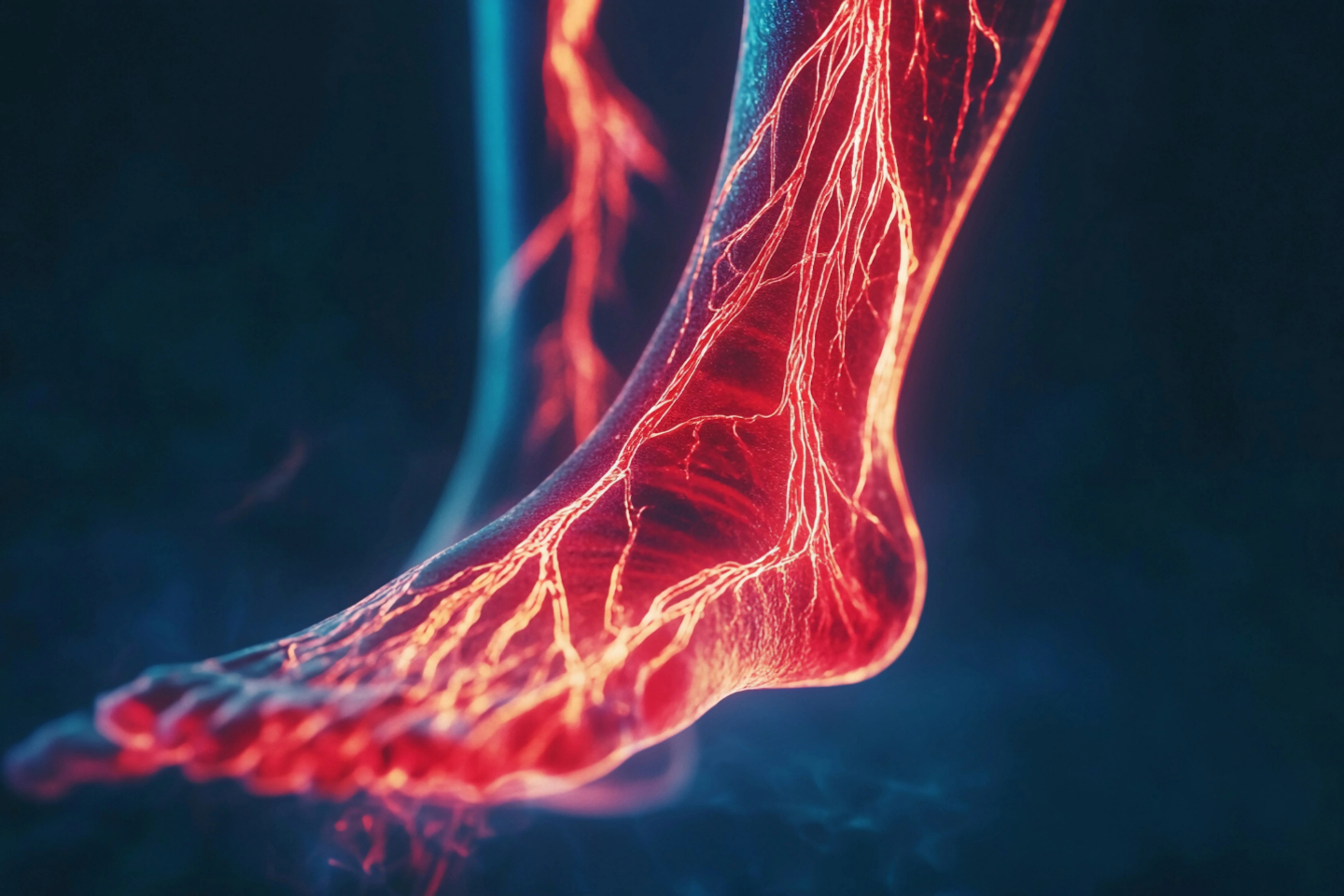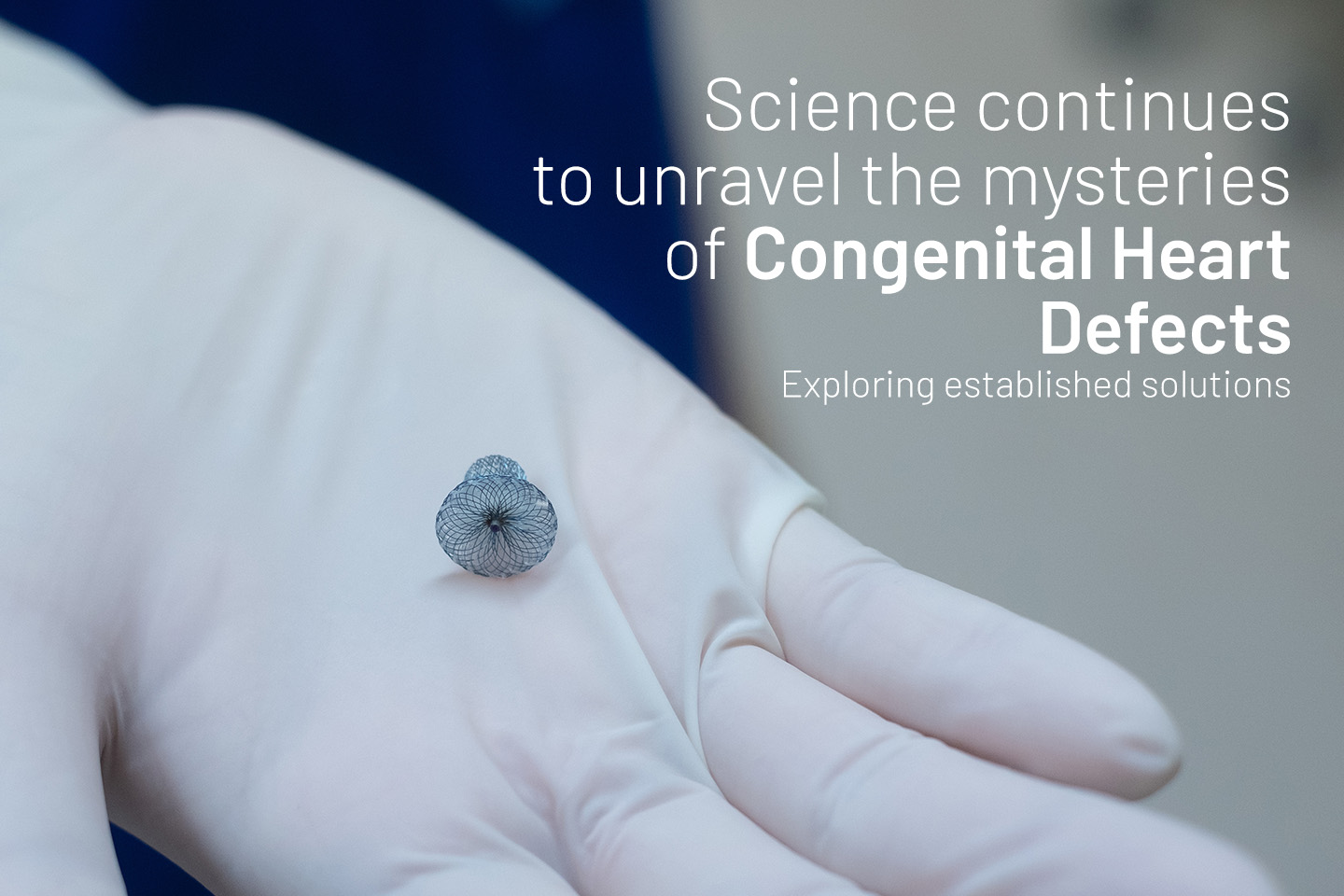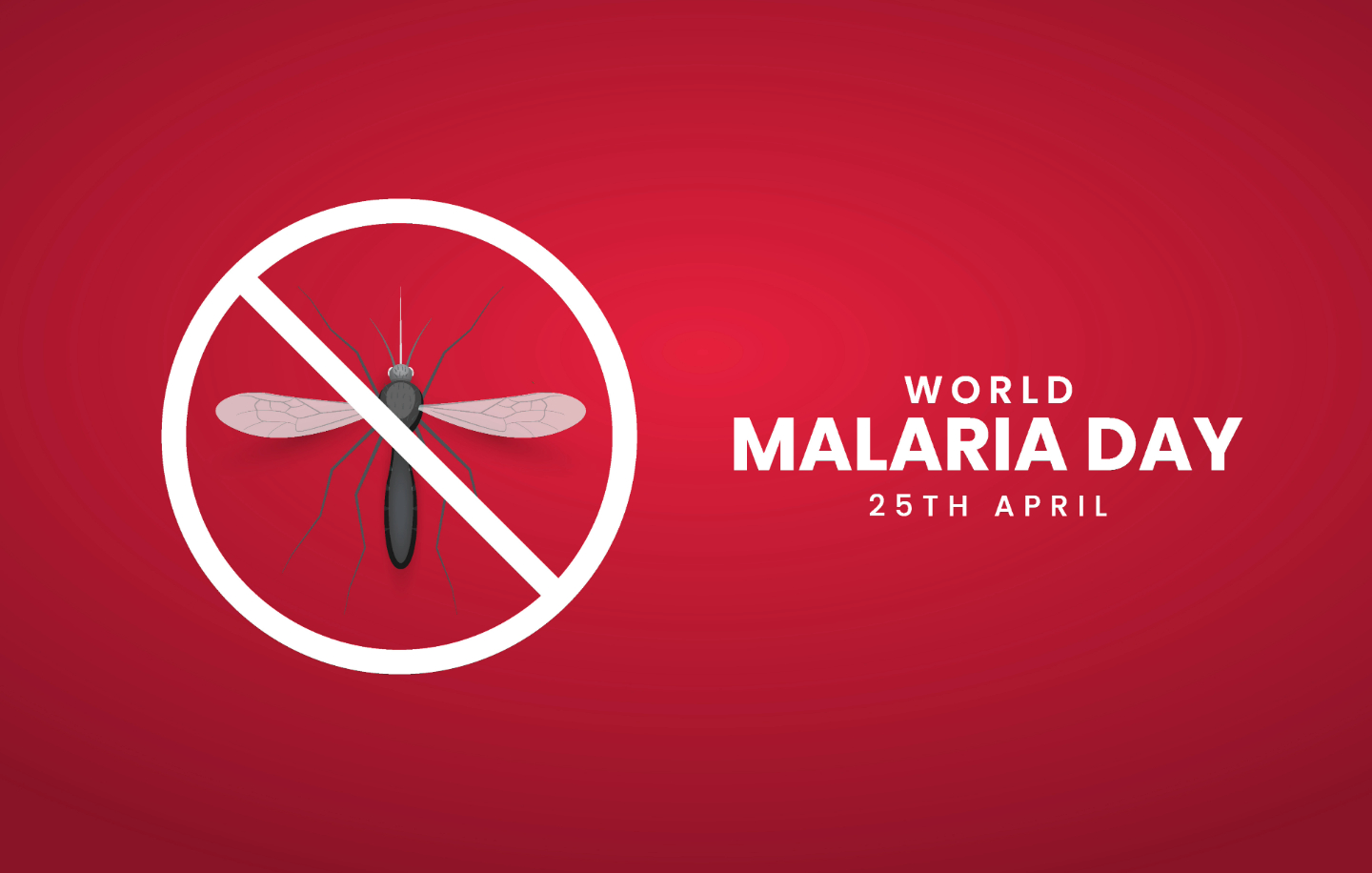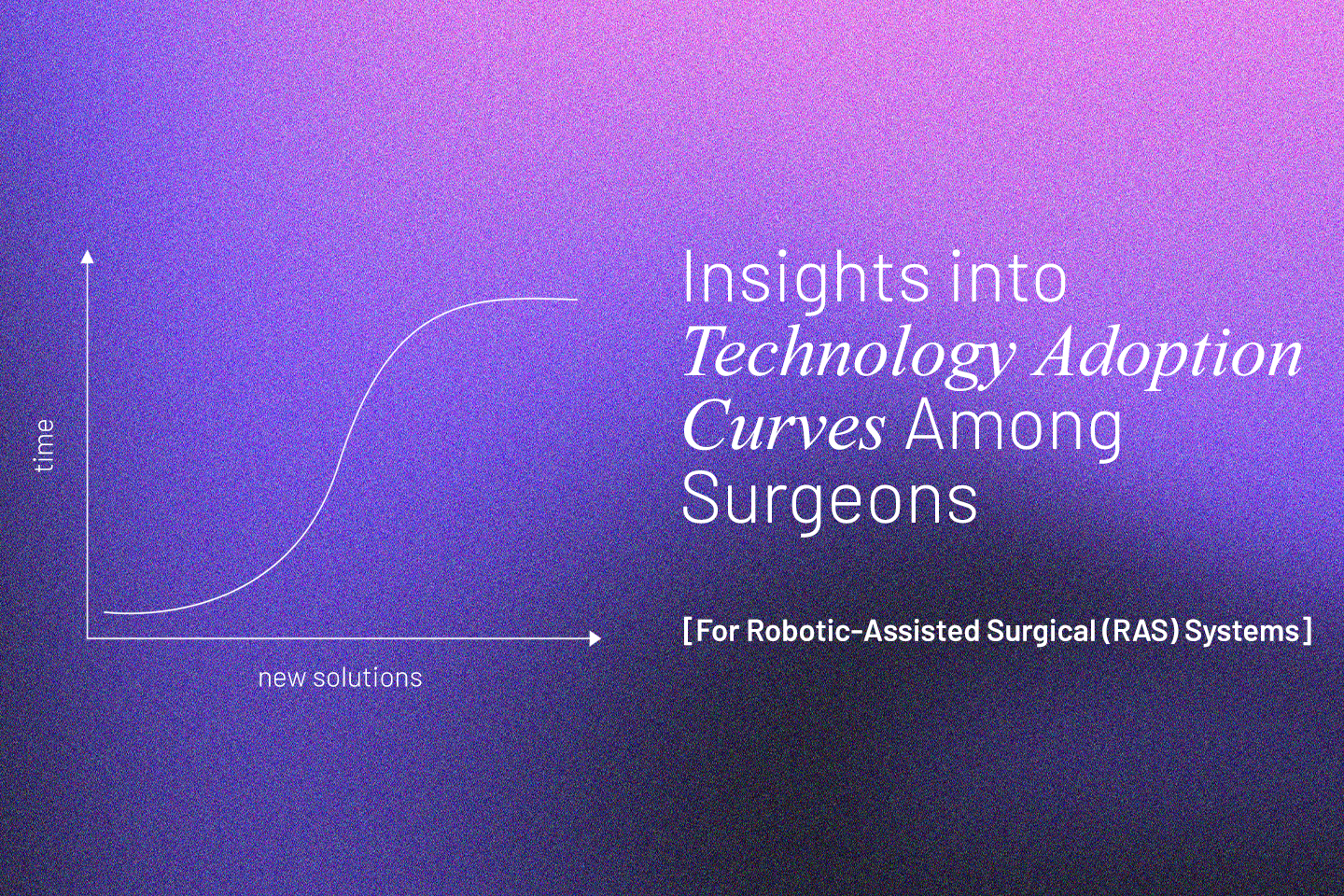Medical Devices
Understanding Peripheral Arterial Disease Treatment and Exploring Treatment Options
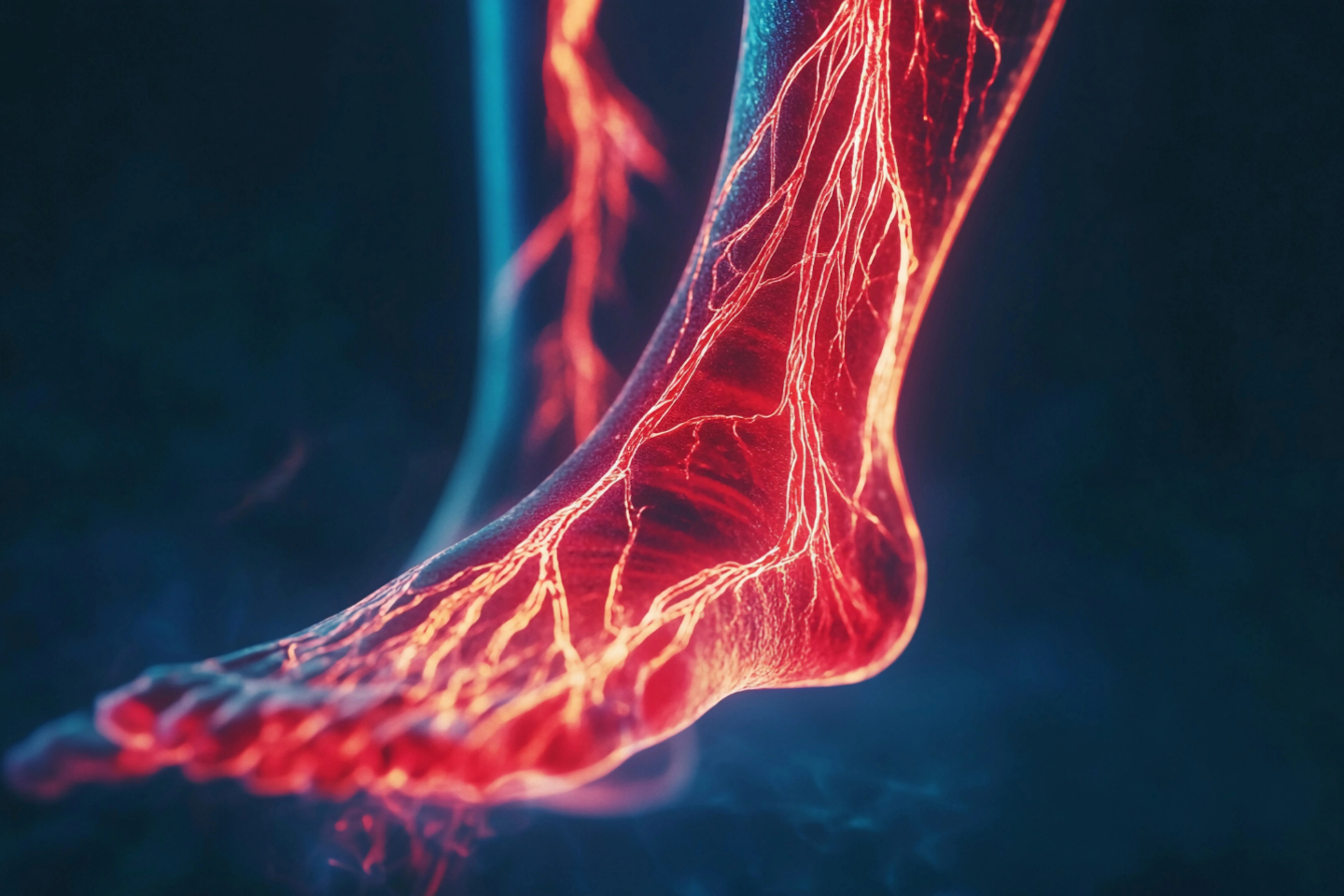
Peripheral Arterial Disease (PAD) can often feel like an uphill battle. For those living with it, simple activities like walking to the market or climbing a flight of stairs can become a struggle. The cramping pain and heaviness in the legs might feel like a constant companion, making day-to-day life challenging. Thankfully, the field of PAD treatment is evolving, offering new ways to tackle these conditions effectively. From drug-eluting balloons to bioresorbable scaffolds, more options exist to improve blood flow and help patients get back on their feet. Let's explore these innovative treatments and see how they offer new hope for a better, pain-free life.
What is Peripheral Arterial Disease (PAD)?[1]
Peripheral Arterial Disease, often called PAD, is a condition marked by the narrowing of arteries that supply blood to the legs and feet. The primary cause of PAD is atherosclerosis, where plaque builds up in the arterial walls, reducing blood flow to the limbs. Symptoms can vary from leg pain while walking (claudication) to more severe conditions like critical limb ischemia, which can lead to gangrene or even amputation if untreated. While lifestyle changes and medications can help manage PAD, advanced cases often require interventional treatments to restore blood flow.
Traditional Treatments for PAD[1]
Traditional treatments for peripheral artery disease generally involve lifestyle modifications, medications, and surgical procedures. Lifestyle changes such as quitting smoking, exercising, and eating a heart-healthy diet are the first line of defence. Medications are commonly prescribed to manage symptoms & prevent further complications. In more advanced cases angioplasty—using a balloon and sometimes a stent to widen the artery—is considered. Surgical options like bypass surgery, where a graft is used to reroute blood around a blocked artery. While these treatments have been effective to some extent, they come with limitations, such as long recovery times, risk of restenosis, and potential complications.
Innovations in PAD Treatment
In recent years, significant advancements have been made in treating peripheral artery disease. These innovations focus on minimally invasive techniques that provide better outcomes and faster recovery times. Let's explore some of these innovative treatments:
PTA Balloon (Percutaneous Transluminal Angioplasty Balloon)[2]
A percutaneous transluminal angioplasty (PTA) balloon is a minimally invasive procedure in which a balloon is inserted into the narrowed artery and inflated to widen it, improving blood flow. The balloon is then deflated and removed. While traditional balloons have been effective, newer versions have been developed to reduce the risk of restenosis and improve long-term results.
DEB Balloon (Drug-Eluting Balloon)[3]
Drug-eluting balloons (DEB) are a step forward from standard PTA balloons. These balloons are coated with medication that is released into the arterial wall when the balloon is inflated. The medication helps prevent the re-narrowing of the artery, a common issue known as restenosis. DEB technology is particularly useful in treating peripheral artery disease, especially in below-the-knee interventions, where restenosis rates have been traditionally high.
Stents
Stents are tiny, expandable tubes that are inserted into the artery to keep it open after a balloon has widened it. There are two main types of stents used in peripheral artery disease treatment:
- Self-Expanding Stents: These stents are made of a flexible mesh that expands on its own when placed in the artery. They are commonly used in areas where the artery is superficial and near joints. The self-expanding nature allows them to conform to the artery's natural shape, providing better support and reducing the risk of complications.
- Balloon-Expanding Stents: These stents are mounted on a balloon and expand when the balloon is inflated. They provide a more rigid and precise expansion, making them suitable for areas that require more exact placement. They are often used in arteries that are deep seated and not superficial.
Bioresorbable Scaffold (BRS)
Bioresorbable Scaffold (BRS) is a revolutionary development in treating peripheral artery disease. Unlike traditional stents, which remain in the body permanently, BRS devices are designed to dissolve over time. They temporarily support the artery during the healing process and then gradually resorb, leaving the artery free from any permanent implants. This lowers the risk of long-term complications and allows the artery to function more naturally. BRS technology is especially beneficial in below-the-knee interventions, where preserving the artery's natural flexibility is crucial.
Drug-Eluting Stents (DES)
Drug-eluting stents (DES) are another innovation in treating peripheral artery disease. These stents are coated with medication that is gradually released into the arterial wall to prevent restenosis. The combination of mechanical support and localised drug delivery makes DES an effective option for maintaining the long-term patency of the treated artery. The use of DES has been particularly advantageous in patients with complex PAD.
Atherectomy Devices[4]
Atherectomy devices represent another innovative approach to treating peripheral artery disease. These devices are designed to remove plaque from the arterial walls, allowing for better blood flow without stents or balloons. Different types of atherectomy devices exist, including directional, rotational, orbital, and laser atherectomy. Each type has its unique mechanism of action, but all aim to debulk the plaque and restore normal blood flow in the affected arteries.
Benefits of Innovative PAD Treatments[2],[3],[4]
The innovations in the treatment of peripheral artery disease offer several benefits over traditional methods:
Minimally Invasive: Most of these treatments are minimally invasive, which means shorter hospital stays, faster recovery, and reduced risk of complications.
Improved Long-Term Outcomes: Techniques like DEB and DES significantly reduce the risk of restenosis, providing better long-term results for patients.
Flexibility and Adaptability: Treatments like self-expanding stents and BRS adapt to the natural movement of arteries, especially in below-the-knee regions, reducing the risk of stent fractures and other complications.
Natural Healing: Bioresorbable scaffolds dissolve over time, allowing the artery to regain its natural function without the presence of a permanent implant.
Targeted Approach: Drug-eluting technologies provide a targeted approach to prevent restenosis, minimising the need for repeated procedures.
Conclusion
Peripheral Arterial Disease (PAD) is a challenging condition that requires effective treatment to prevent severe complications. The innovations in PAD treatment focus on improving patient outcomes, minimising complications, and enhancing quality of life.
Reference Links:
[1] https://www.mayoclinic.org/diseases-conditions/peripheral-artery-disease/symptoms-causes/syc-20350557
[2] https://www.hopkinsmedicine.org/health/treatment-tests-and-therapies/percutaneous-transluminal-angioplasty#:~:text=Percutaneous%20transluminal%20angioplasty%2C%20in%20which,the%20blood%20to%20flow%20again.
[3] https://eurointervention.pcronline.com/article/drug-coated-balloons-in-peripheral-arterial-disease
[4] https://my.clevelandclinic.org/health/treatments/17310-pad-atherectomy

